Ed Pink, The Old Master
The Remarkable Life and Times of Racing’s Most Versatile Engine Builder
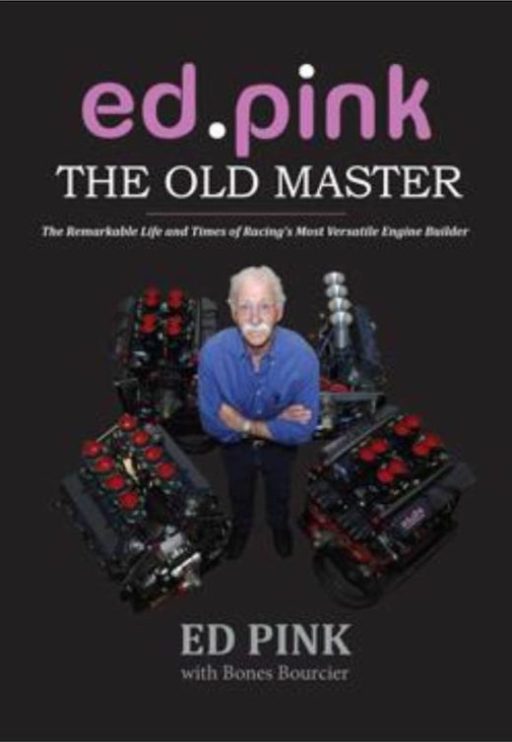 by Ed Pink with Bones Bourcier
by Ed Pink with Bones Bourcier
”Ed Pink was asked around the time he’d sold his business and was contemplating retirement how the economics of racing have changed over the years? Pink’s reply: ‘The cost of racing was the same as it has always been . . . It still takes every dime you’ve got.’”
Ever heard of Pink’s Hotdogs? They are well-known—famous even—in some places. Ed Pink, the subject and author of this book, is the nephew of restaurateur Paul Pink who, in 1939, established the Pink’s eatery that is still going strong. Today there are eight Pink’s locations including that original one in Hollywood on California’s West Coast.
Ed chose another way to earn his daily bread as he was automotively and mechanically oriented. After serving apprenticeships that enabled him to earn and learn while finding his direction, he set off on the path that destined him to become the revered and respected high performance engine designer and builder that earned him his moniker, The Old Master, in recognition of his versatility and accomplishments. Having become mostly grey-haired by the time he was the ripe old age of thirty had contributed the “old” part of that name. Then playing off his surname, the engines he so successfully designed and built—and also supported in the pits at the various venues where their owners raced and won with reputation-building frequency—were dubbed Pink Elephants.
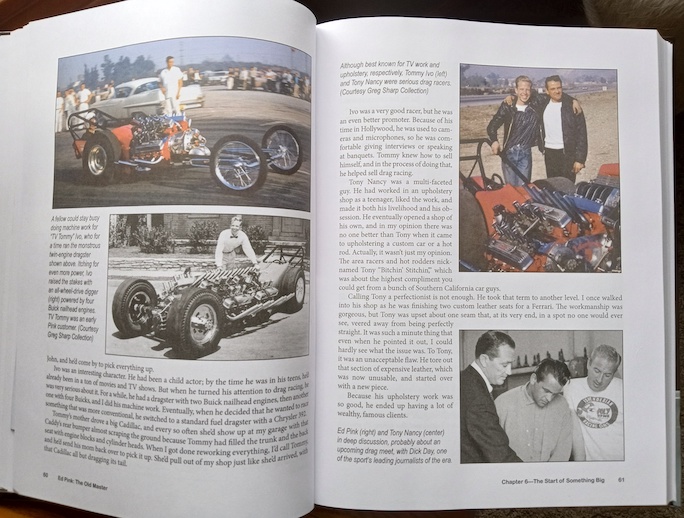
Doesn’t hurt when you’re starting your own business to have a winning and high-profile customer like TV Tommy Ivo with his hard to miss multiple-engined dragsters.
Pause a moment. Consider what it takes to be able to imagine all the details of an engine, design it, and then commission all the necessary component parts to be created to your design specs. Once all the bits (block, pistons, crankshaft, heads, etcetera) have been made and are in hand, you have to assemble it all. Then, testing. In Ed’s case it was on his own dynos. Finally came entrusting however many engines were required being installated into those racing machines. Building a reputation such as Ed Pink enjoyed in that rarefied world makes him special indeed.
In this book he tells his story, and does so charmingly, I might add. Reading the book is much like having an enjoyable conversation with someone. His publisher, Coastal 181, demonstrates the same professional approach, paying attention to details in every respect too.

Top left; celebrating their 1969 win of NHRA’s Springnationals include Ed Pink second from left reaching past two others to clasp Vic Edelbrock, Jr’s hand. Below, Ed Pink and Don Prudhomme bookend the trophy girl after Don won with his Pink-built engine. Bottom right is Gaspar “Gas” Rhonda’s funny car running its Pink-massaged Ford cammer engine.
Ed Pink’s philosophy has been key to his successes. If he was re-engineering an existing power plant, he analyzed it in detail to be able to re-engineer the specific items that he determined might be—or were—weak links. That approach proved its worth in a time when the majority of drag racers were rebuilding their engines after a single run. Pink determined his approach was going to not only make them faster, but simultaneously make them more reliable. That enabled his clients to run an entire weekend without a need to so much as remove the heads to look—and still win.
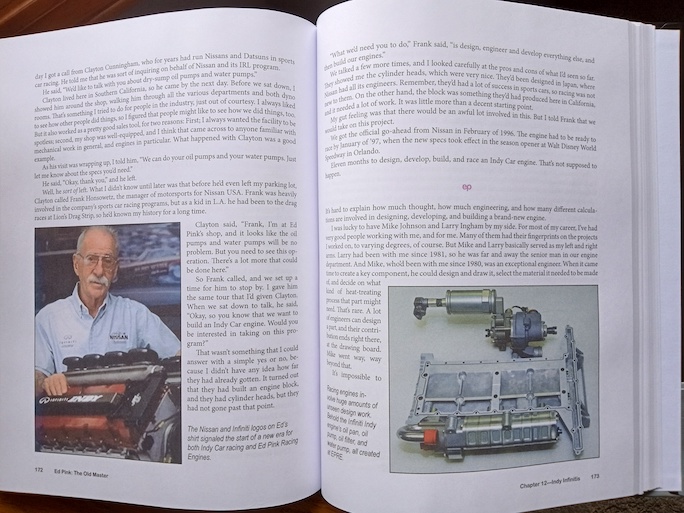
That’s The Old Master with an Indy Car engine he built for the series from just about the ground up. From the starting point of provided block and cylinder heads he had eleven months to design, develop, and build race-ready engines. No pressure, right?
Every young man or woman hoping to some day land a job either wrenching, or crewing, or in some way becoming involved (and earning a living) in the world of cars—racing included or especially—should read this book. And so should their parents! Sure the times have changed since Ed Pink worked his way up from sweeping floors to becoming an acknowledged master engine builder—but the basic precepts and ethics of how to accomplish one’s goal are no different then to now. To quote Ed Pink, “Don’t get ahead of yourself. Work carefully. Get the details right.” In the world of high-performance engines where the Old Master earned his reputation, each detail did and does, to this day, matter—a lot!
Toward the end of his book, Ed provides a comprehensive, yet concise, description of his career: “We built flatheads, 392 and 426 Chrysler hemis, Cammer Fords, small-block Chevrolets and big-block Chevrolets, turbo Cosworths, twin-turbo Porsches, IRL Indy engines, four-cylinder Ford and Toyota Midget engines, V-8 Ford and Toyota Silver Crown and Sprint Car engines, and who knows how many side projects. We built engines that ran on gasoline, methanol, and nitro. We built engines designed to win a quarter-mile NHRA final, engines designed to win 30-lappers, engines designed to go fast for 500 miles, and engines designed to run hard for 24 hours.”
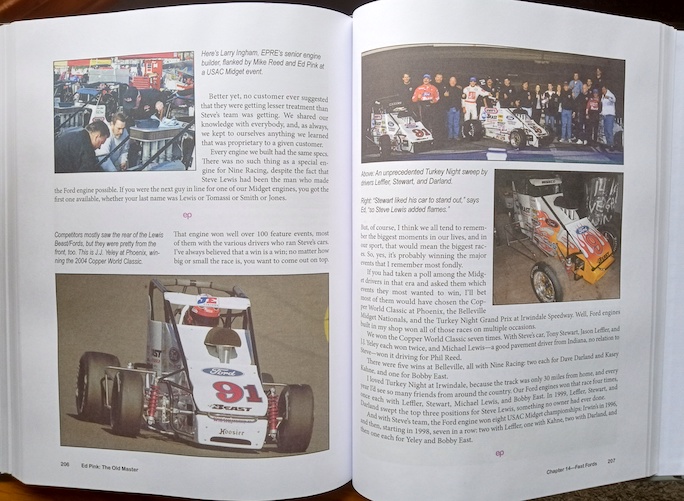
Ever hear of a driver, who became a team and track owner too, named Tony Stewart? Those Ford-powered Midgets he and others were driving to annual Turkey Nite and other race victories during the latter ‘90s were Pink Elephants.
What a life. What a career. In retirement having sold his company and signed the requisite non-compete clause, but still wanting to do what had engaged and pleased him to be doing all his working life, Ed Pink turned to something really fun. Acquiring some original flathead blocks and buying some sets of original-style heads from Vic Edelbrock Jr, he proceeded to build engines that “combined old-school look [on the outside] with reliability you get with modern technology” inside.
A fine and pleasurable read that also just happens to be populated with a who’s who of racers.
PS: “The Old Master” died in April 2025, at 94.
Copyright 2024 Helen V Hutchings, SAH (speedreaders.info)


 RSS Feed - Comments
RSS Feed - Comments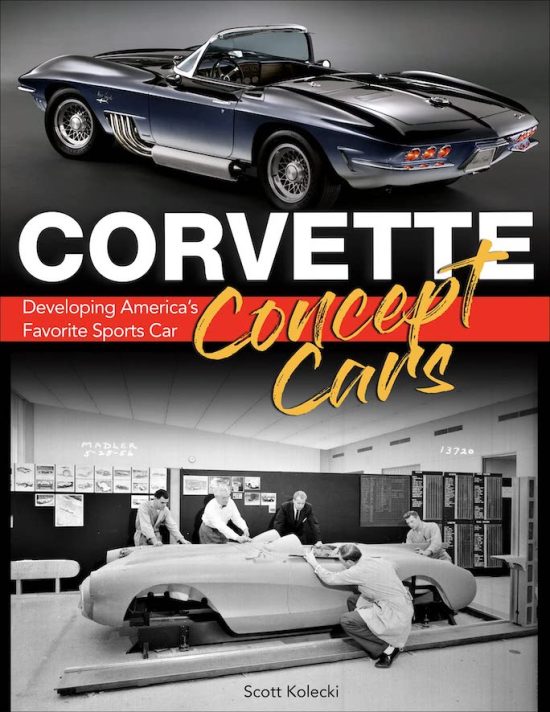
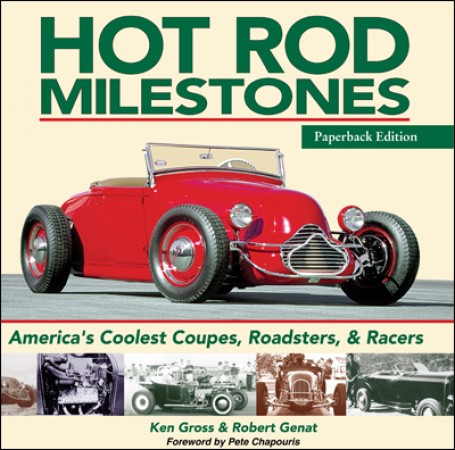

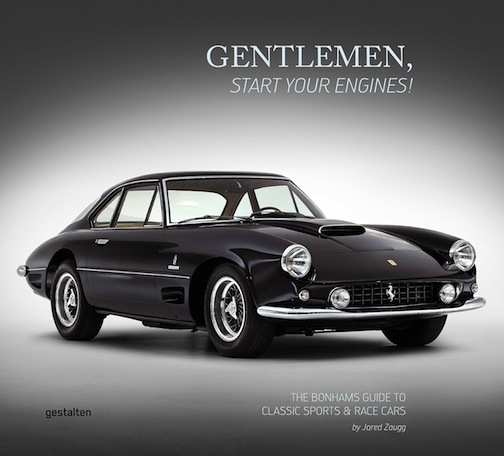
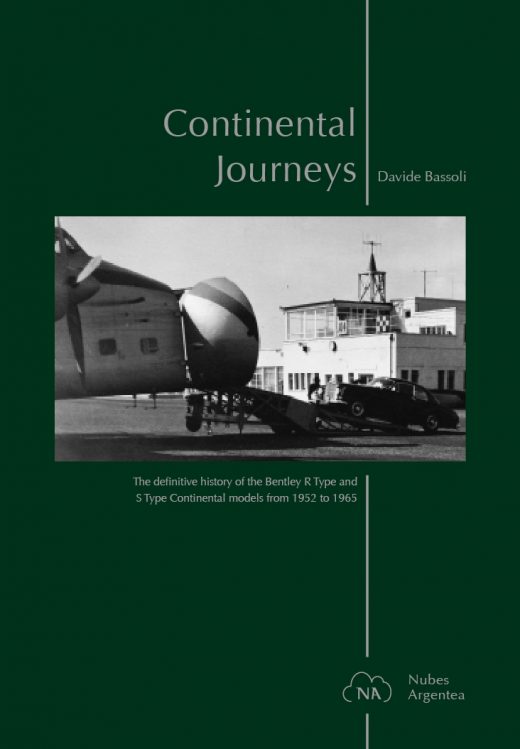
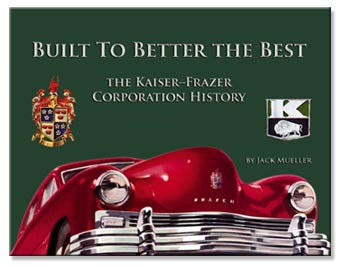
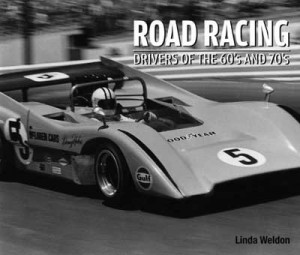
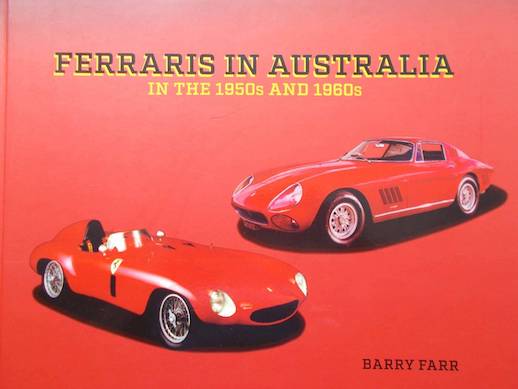
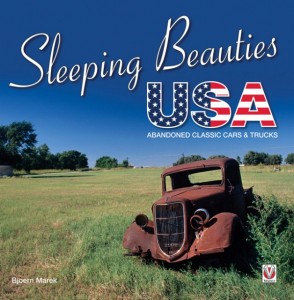
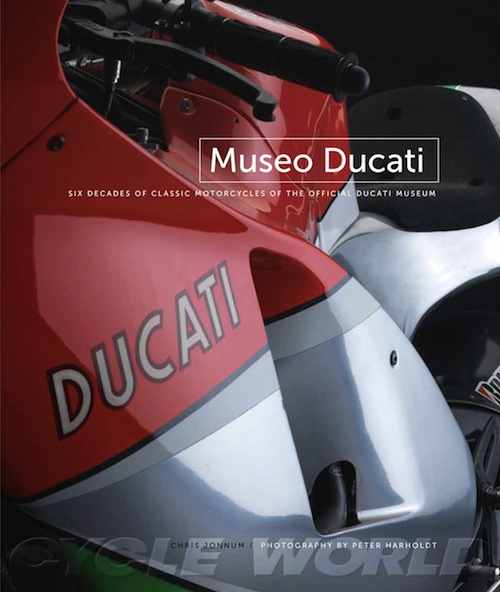
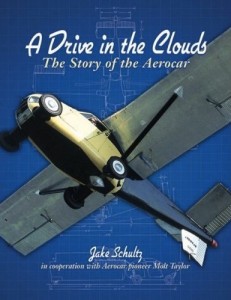

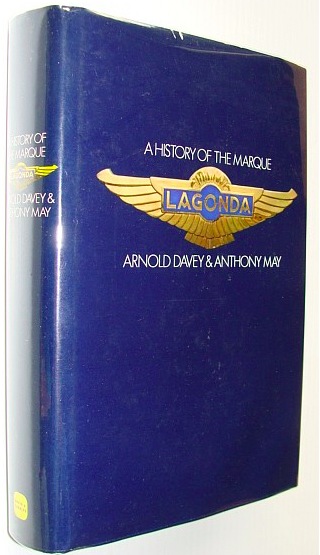
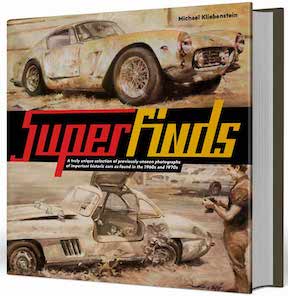
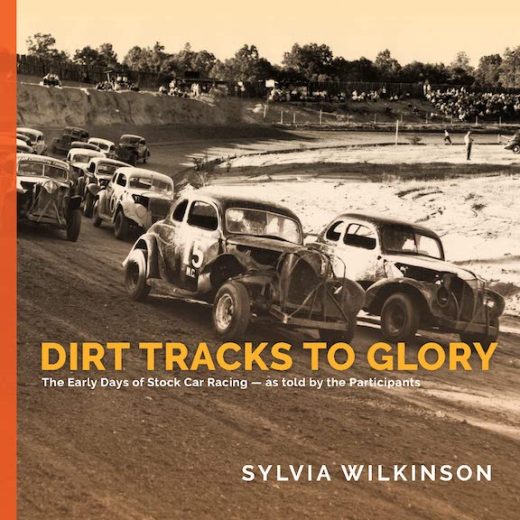
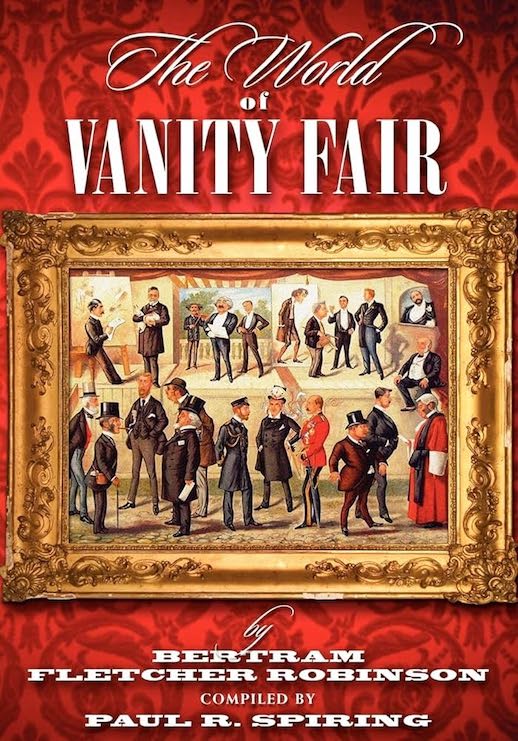
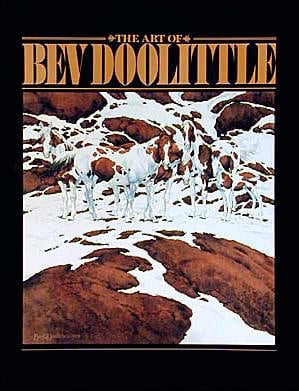
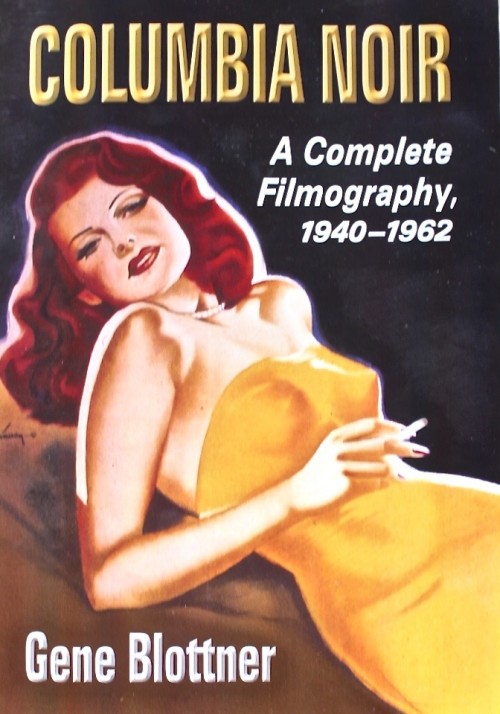
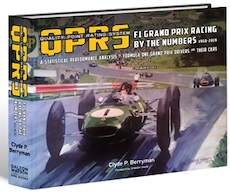
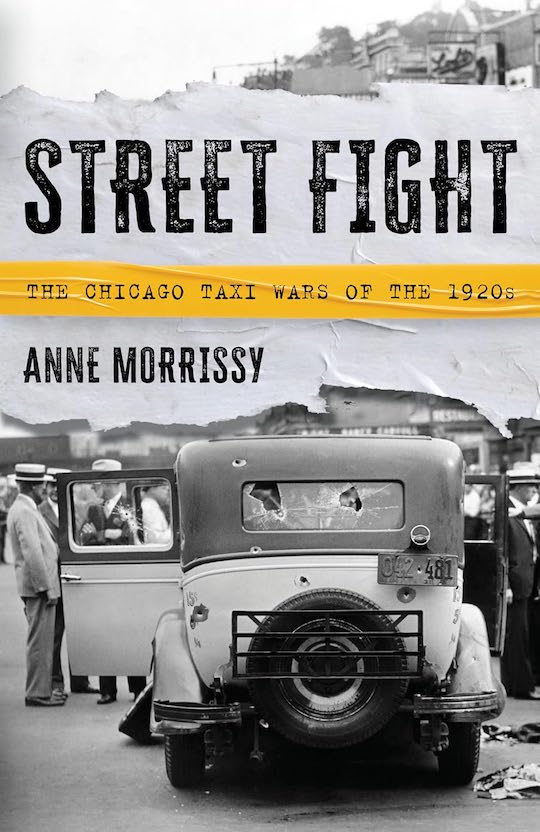
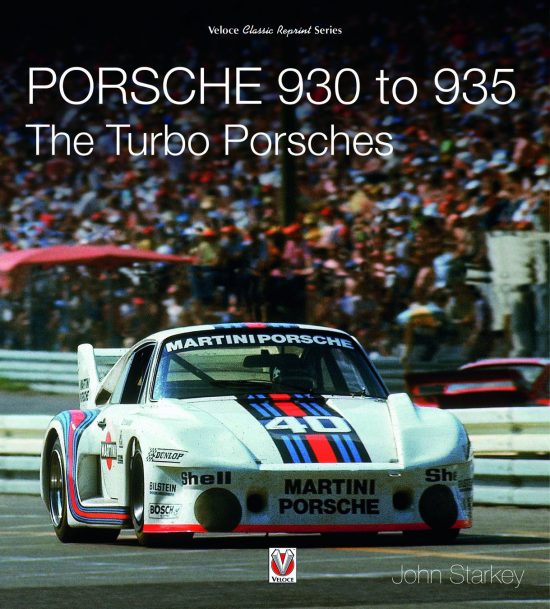
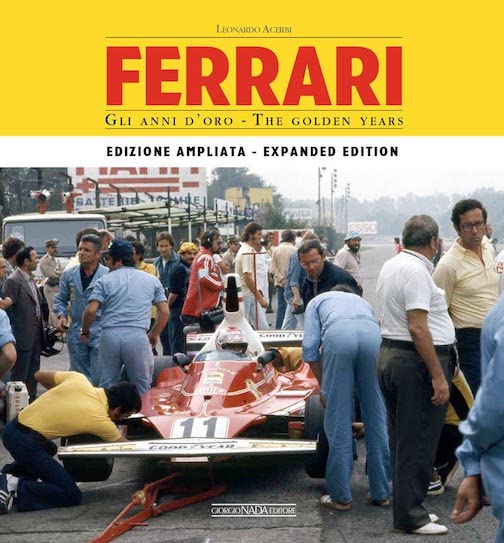
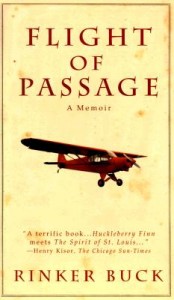
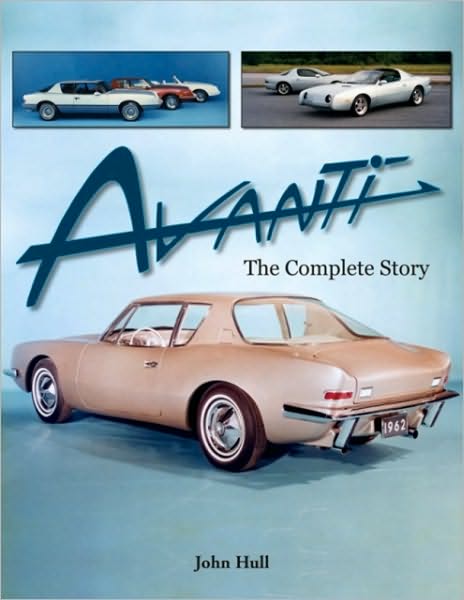
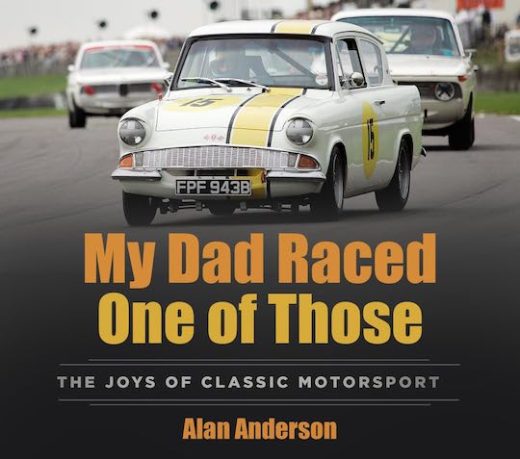

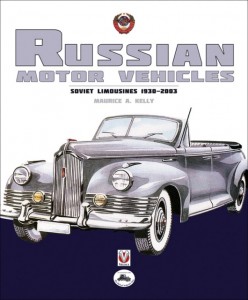
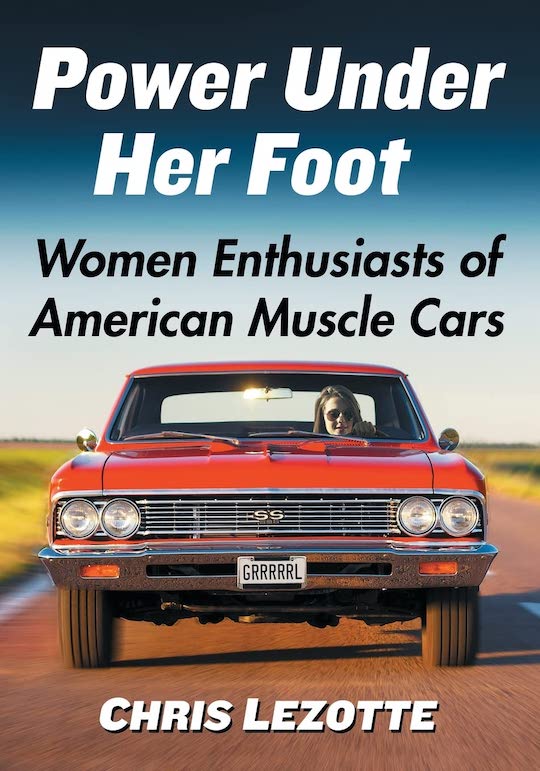
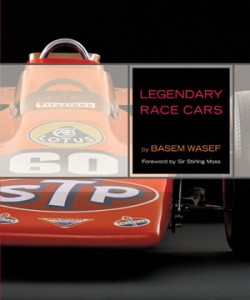
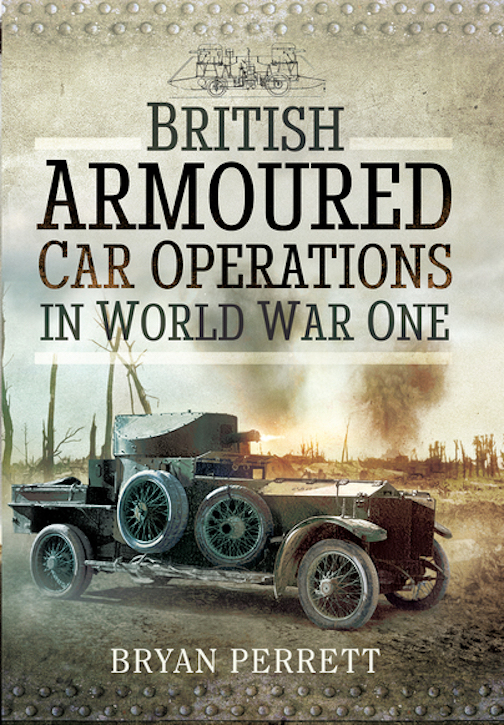
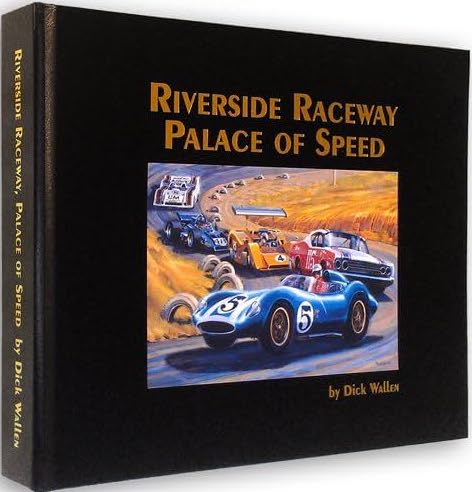
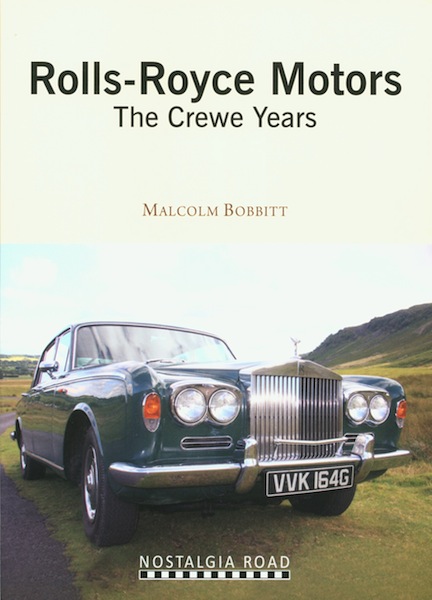
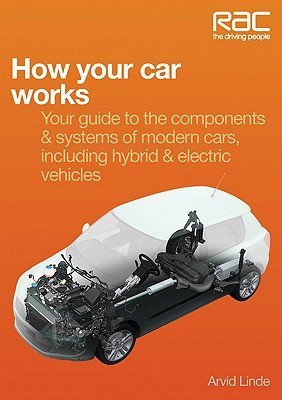
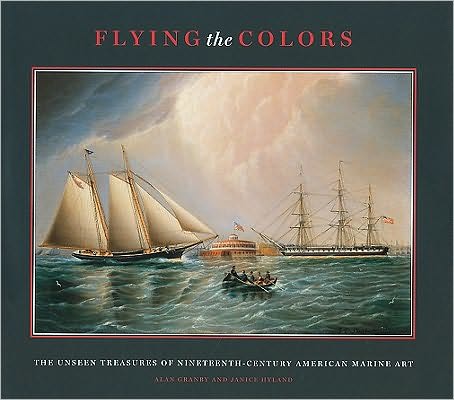
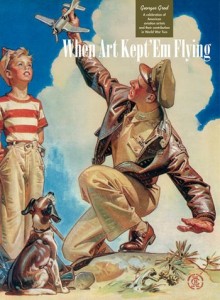
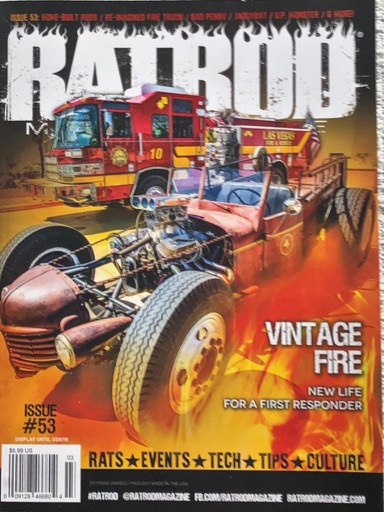


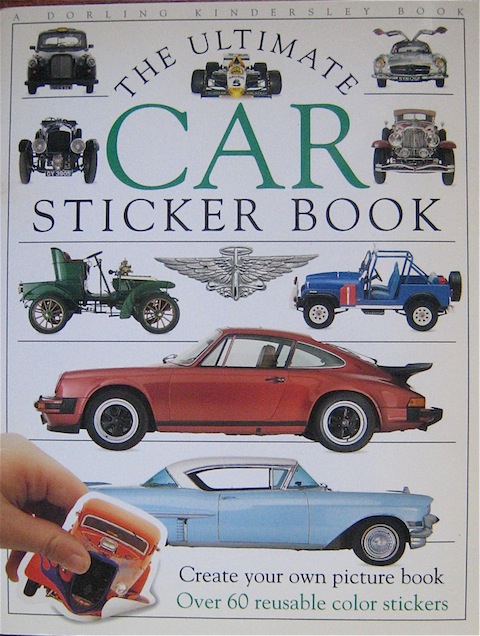
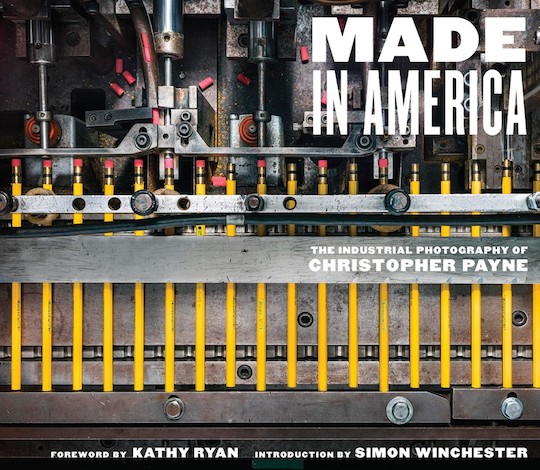
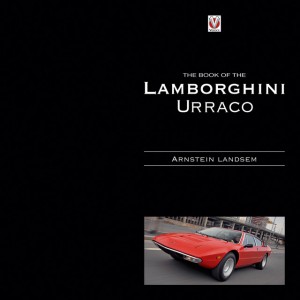
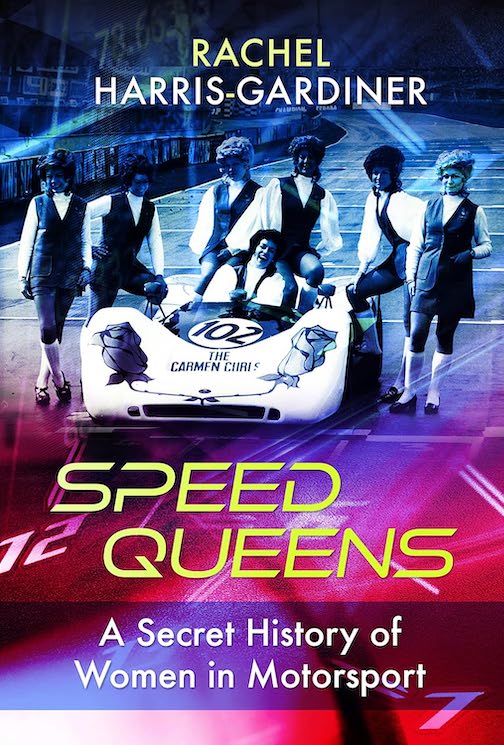
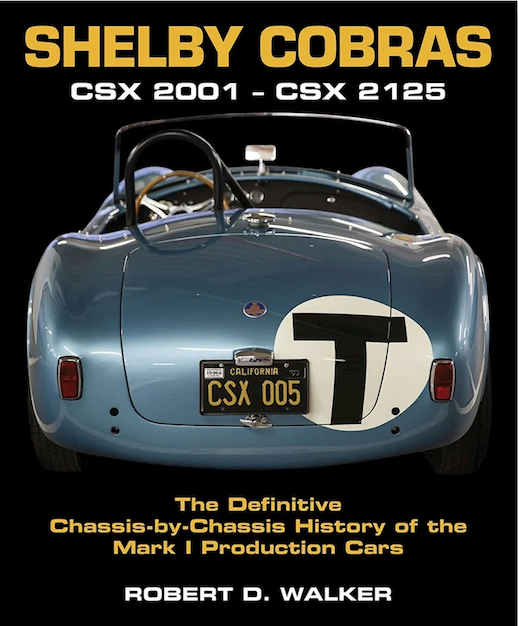
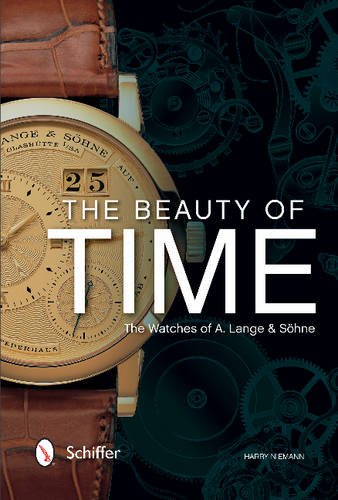
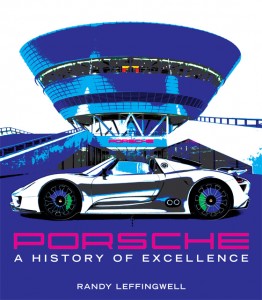
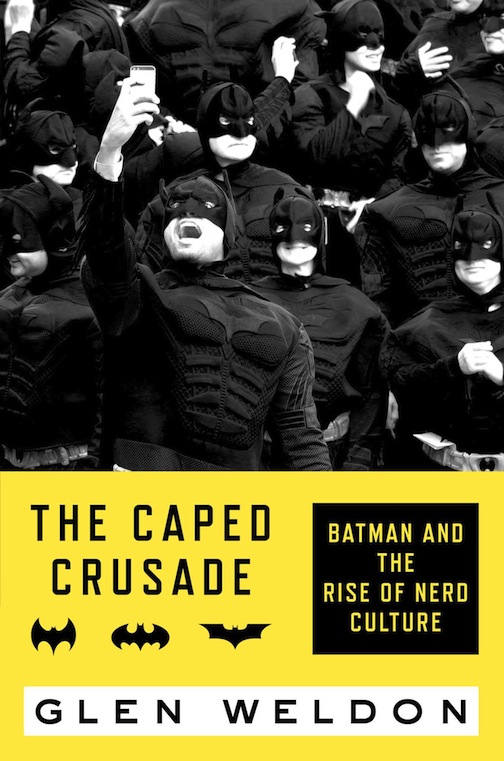

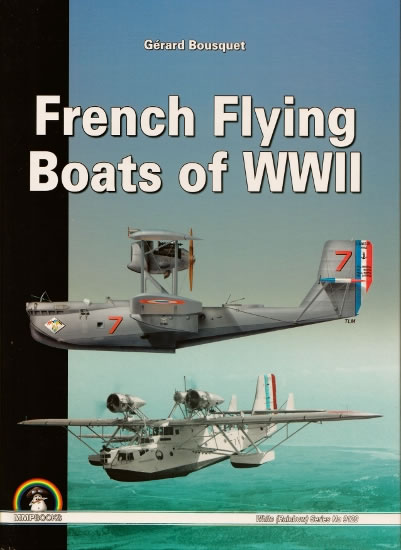

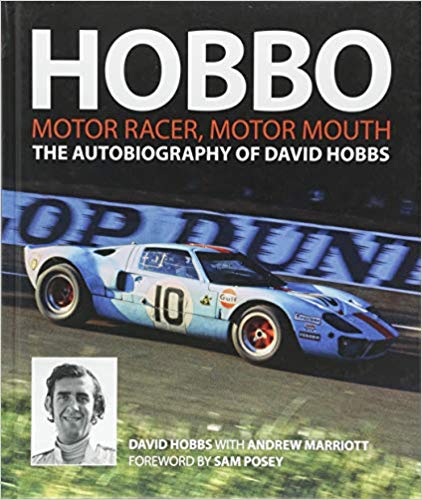
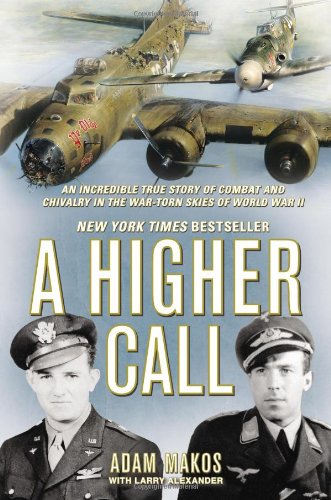
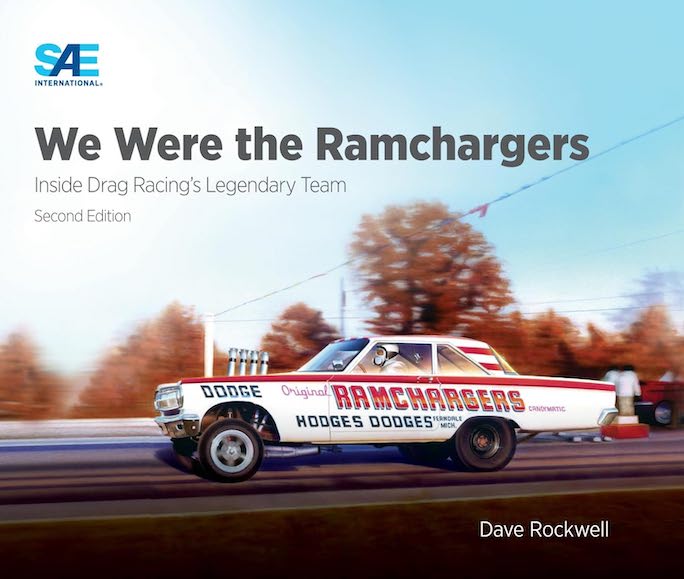

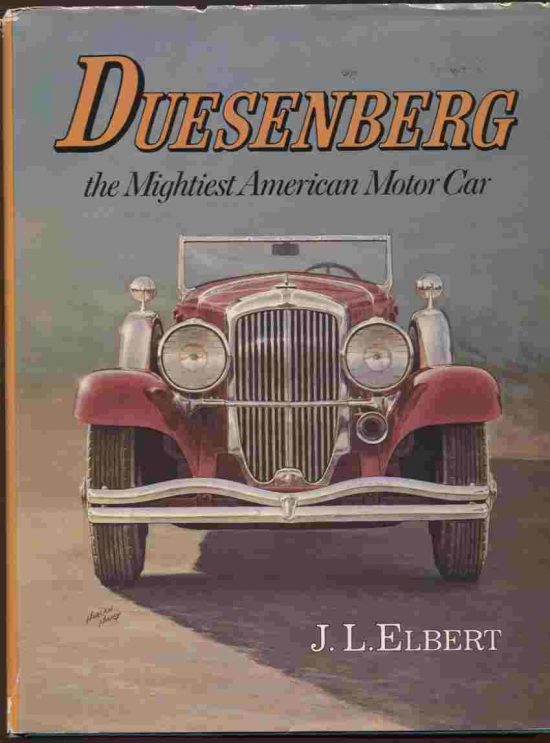
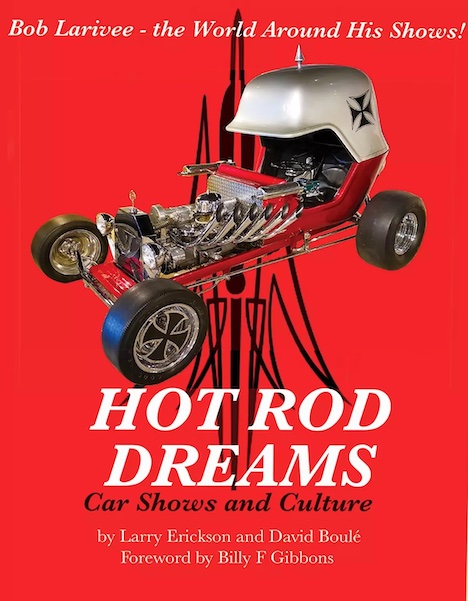
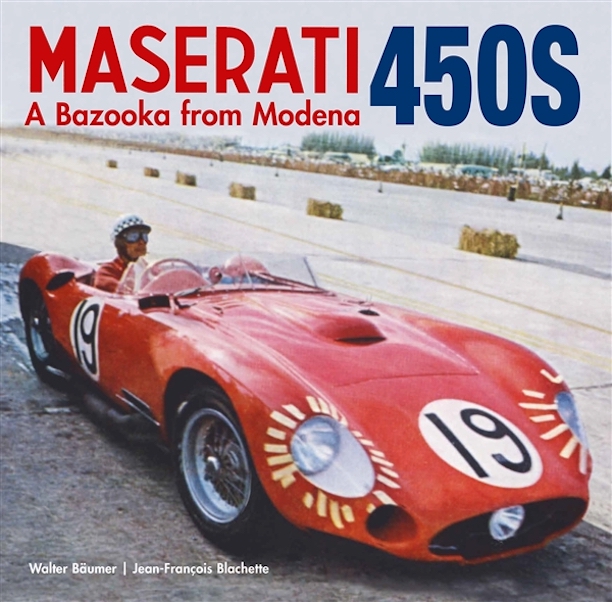
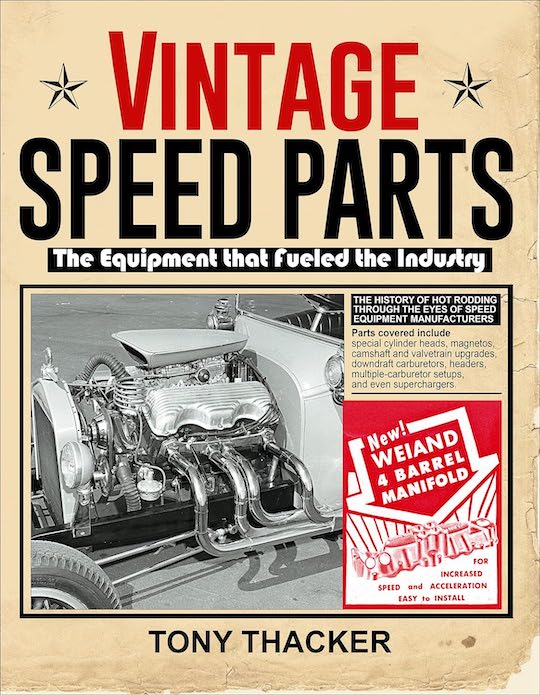
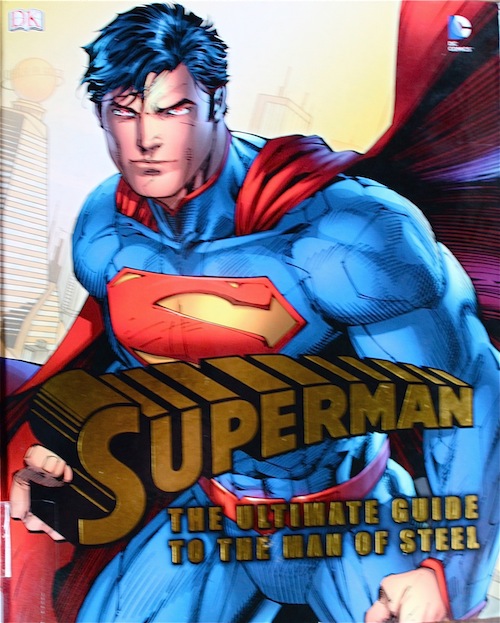
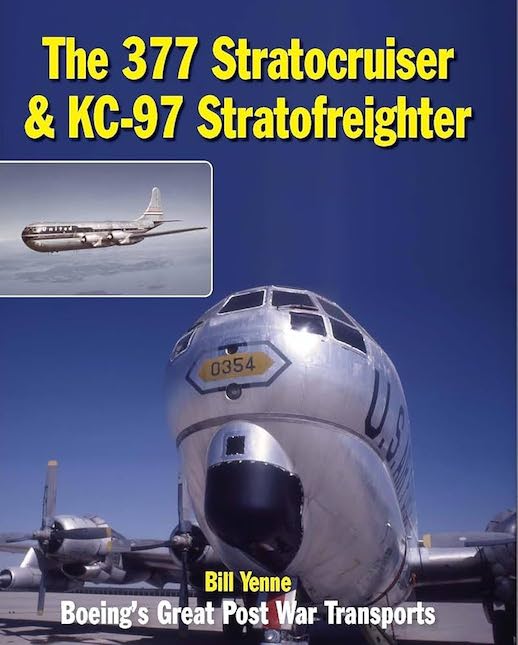
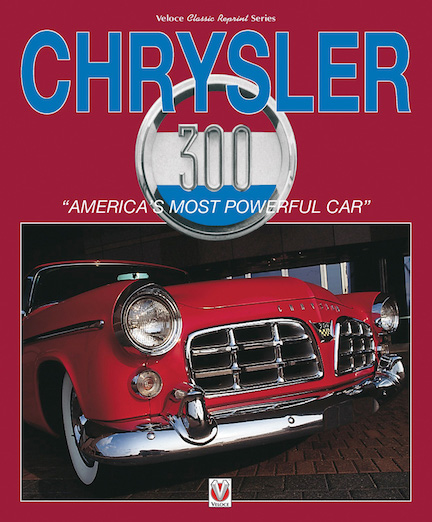
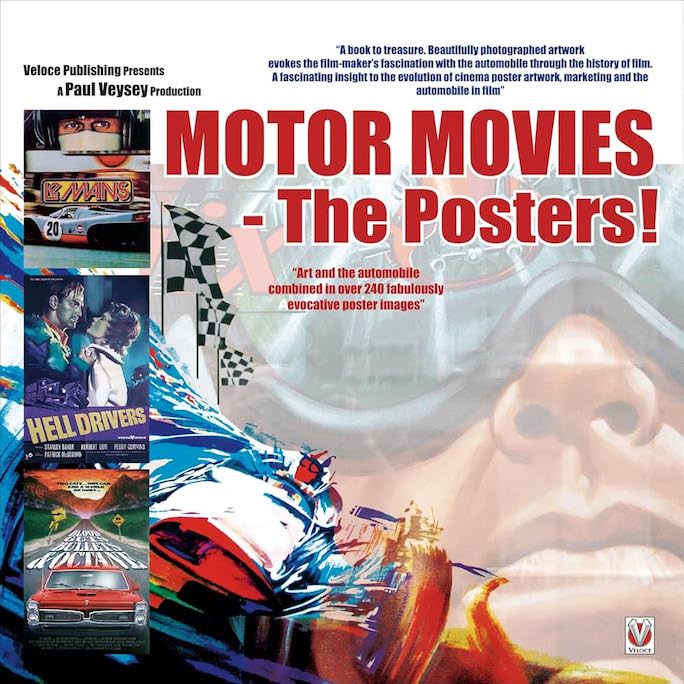
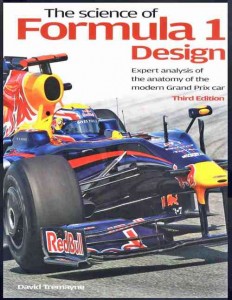
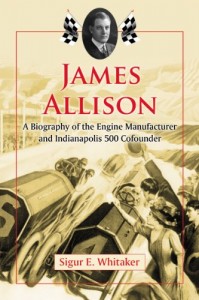
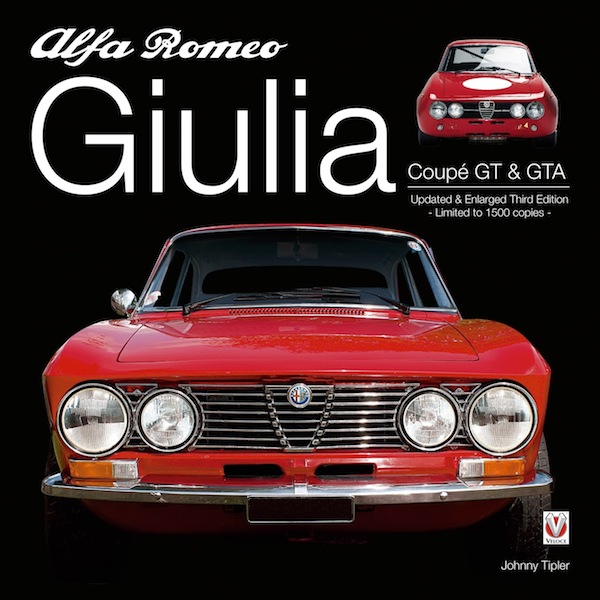
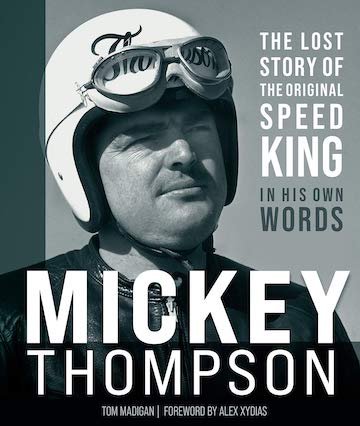
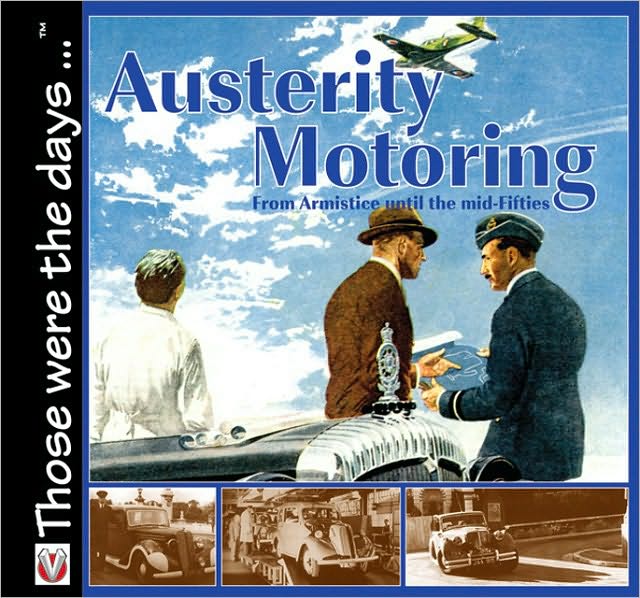

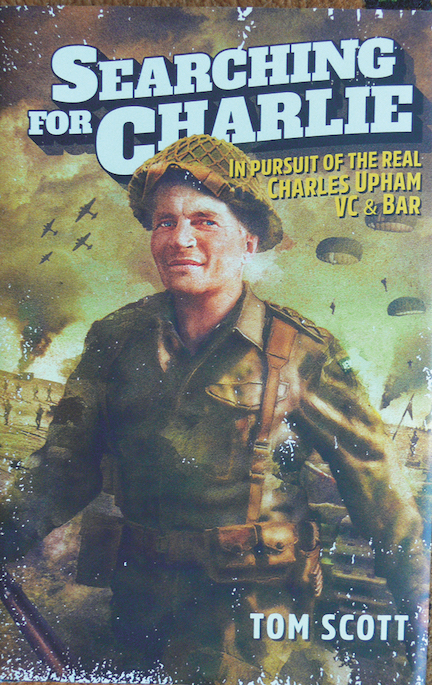
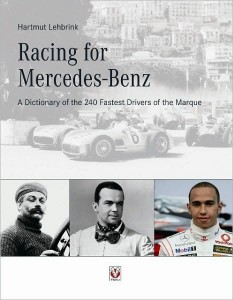
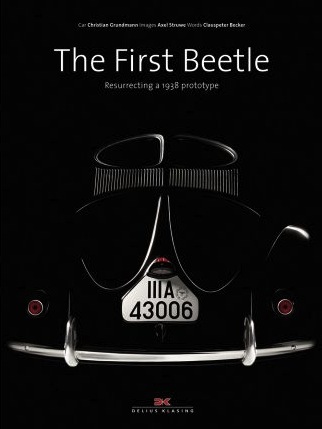

 Phone / Mail / Email
Phone / Mail / Email RSS Feed
RSS Feed Facebook
Facebook Twitter
Twitter